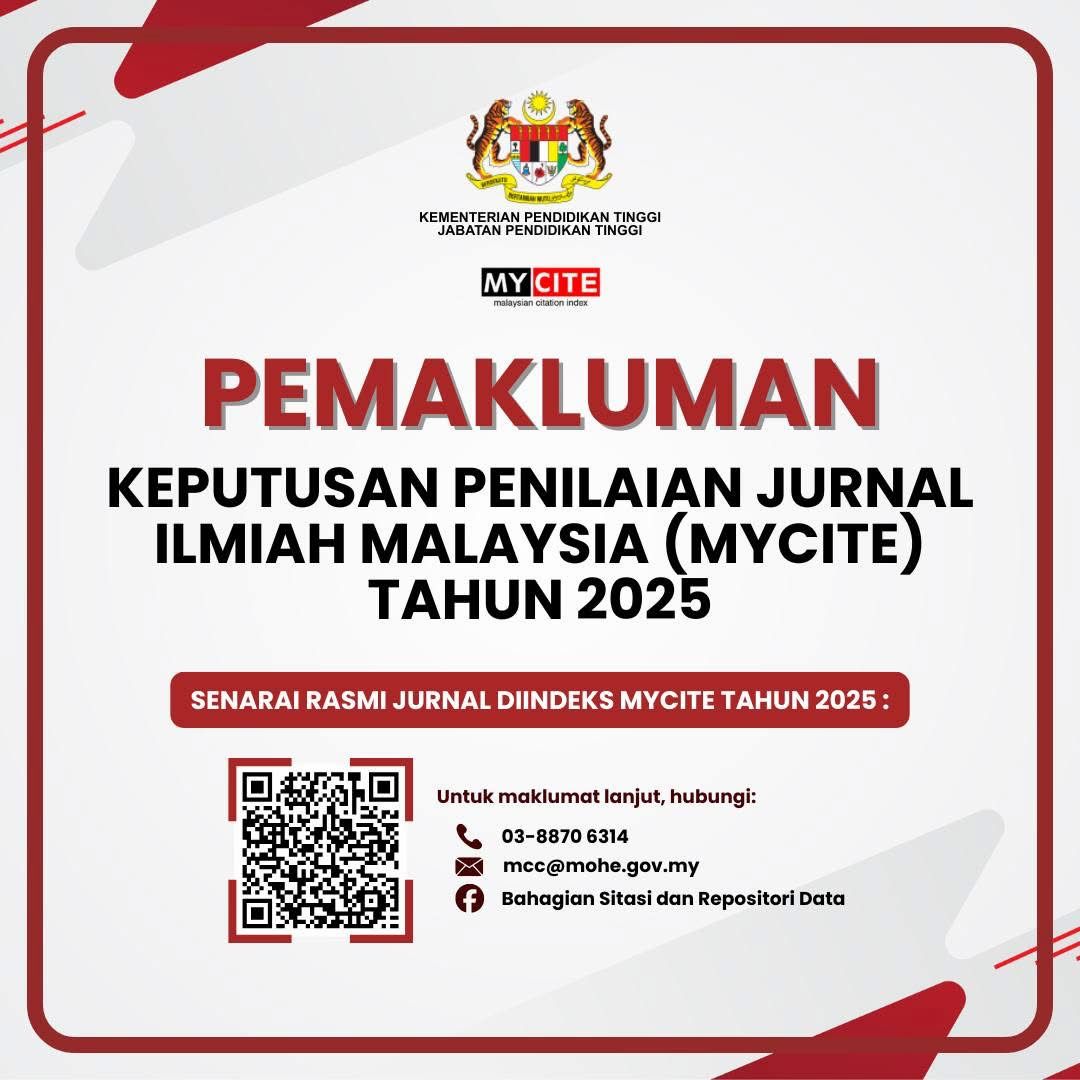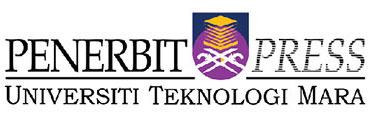An S1RS : An Inventive Abstract Art Composition Developed Through The Analysis Of Seafarer And Renjana With A Comprehension Of The Gestalt Principle.
DOI:
https://doi.org/10.24191/idealogy.v9i2.594Keywords:
Abstract Art, Gestalt, Composition, Graham Wallas, ArtistAbstract
This study pertains to the abstract paintings of two artists who are currently establishing themselves as significant figures in the field of fine art. The artworks are from their most recent solo exhibition, which was held in 2023. Rasfan Abu Bakar's Seafarer is situated at Balai Seni Melaka, while Farif Abdul Jalil's Renjana was held at Segaris Gallery, Publika. The research is structured according to Wallas' theory, which outlines the four stages of creativity: i) preparation, ii) incubation, iii) illumination, and iv) verification. The analysis is predicated on three Gestalt Principles: proximity, closure, and symmetry. A composition template for abstract paintings, known as S1RS, has been developed based on the results of the study's analysis. This template is intended for those who have recently begun to create abstract paintings. In addition, this template has been utilized by researchers to develop an abstract painting that resulted for both balanced and visually appealing.
Keywords: Abstract Art, Gestalt, Composition, Graham Wallas, Artist
References
Fatemeh G, Farnoosh S, Jafar M, (2022) Explaining the Visual Perception Process in Herat School Painting with an Approach to Gestalt Psychology, Ferdows-e-honar Journal of Art, Ferdows Institute of Higher Education, Pg 62-87.
Fuad Arif (2023), Renjana Fireflies, Cosmic Damce and Elysium, Renjana, UiTM Art & Design Sdn Bhd.
Interaction Design Foundation - IxDF. (2016, August 30). What are the Gestalt Principles?. Interaction Design Foundation - IxDF. https://www.interaction-design.org/literature/topics/gestalt-principles
Kang Zhang (2007) From Abstract Painting to Information Visualization, 0272-1716/2007 IEEE, University of Texas at Dallas.
Köhler, W. (1947). Gestalt Psychology. New York: Liveright.
Koffka, K. (1935). Principles of Gestalt Psychology. New York: Harcourt, Brace & World.
Metzger, W. (1966). Figuralwahrnehmung. In: Metzger W (Hrsg.) Handbuch der Psychologie, 1. Allgemeine Psychologie I, 1. Halbband: Wahrnehmung und Bewußtsein. Göttingen: Hogrefe.
Metzger, W. (1975a). Psychologie. Frankfurt am Main: Waldemar Kramer. Metzger, W. (1975b). Gesetze des Sehens, 3 rd edition. Frankfurt am Main: Waldemar Kramer.
Metzger, W. (2006). Laws of Seeing. Cambridge, MA: MIT Press. (Original work published in German in 1936, as 1st edition of Gesetze des Sehens).
Meyer Schapiro (1937) Nature of Abstract Art, Total Abstraction, Issue 20 / October 2013
Palmer, S.E. (2003). Perceptual organization and grouping. In: R. Kimchi, M. Behrmann & C.R Olson (Eds.), Perceptual organization in vision. Behavioral and neural perspectives. Mahwah NJ: LEA.
Rashfan, A. B. (2023), Artist Statement, Seafarer, Studio Buku Publika.
Wertheimer, M. (1923). Untersuchungen zur Lehre von der Gestalt II. Psychologische Forschung, 4, 301–350. (Excerpts translated into English in 1938 as 'Laws of organization in perceptual forms' in W.D Ellis (Ed.), A source book of Gestalt psychology. New York: Hartcourt, Brace and Co).
VOGELS W.: All things distributed blog: Graphs as art, July 2006. Available at: http://www.allthingsdistributed.com/ 2006/07/graphs_as_art.html.
Wallas, Graham. (2014). The art of thought. Kent: Solis Press.
Zurin (2023), Beyond Horizon, Seafarer, Studio Buku Publika.
Downloads
Published
Issue
Section
License
UiTM Press (the Publisher) has agreed to publish the undersigned author’s paper in Idealogy Journal. The agreement is contingent upon the fulfilment of a number of requirements listed below.
1. The undersigned author warrants that the paper entitled below is original, that it is not in any way libellous or unlawful in Malaysia, that it does not infringe any copyright or other proprietary right. The undersigned hereby represents and warrants that he/she is the author of the paper, except for material that is clearly identified as to its original source, with permission notices from the copyright owners where required. The undersigned represents that he/she has the power and authority to sign and execute this agreement.
2. The undersigned author warrants that the paper entitled below has not been published elsewhere, and also it will not be submitted anywhere else for publication prior to acceptance/rejection by this Journal.
3. By submitting the paper entitled below, the undersigned author agrees to transfer the rights to publish and distribute the paper in an international e-journal (entitled above) to Publisher.
4. The undersigned author agrees to make a reasonable effort to conform to Publisher's submission guidelines and to liaise with the editor to ensure that the requirements of these guidelines are met to a reasonable degree.
5. The corresponding author signs for and accepts responsibility for releasing this material on behalf of any and all coauthors. This agreement is to be signed by at least one of the authors who has obtained the assent of the co-author(s) where applicable. After submission of this agreement signed by the corresponding author, changes of authorship or in the order of the authors listed will not be accepted.




